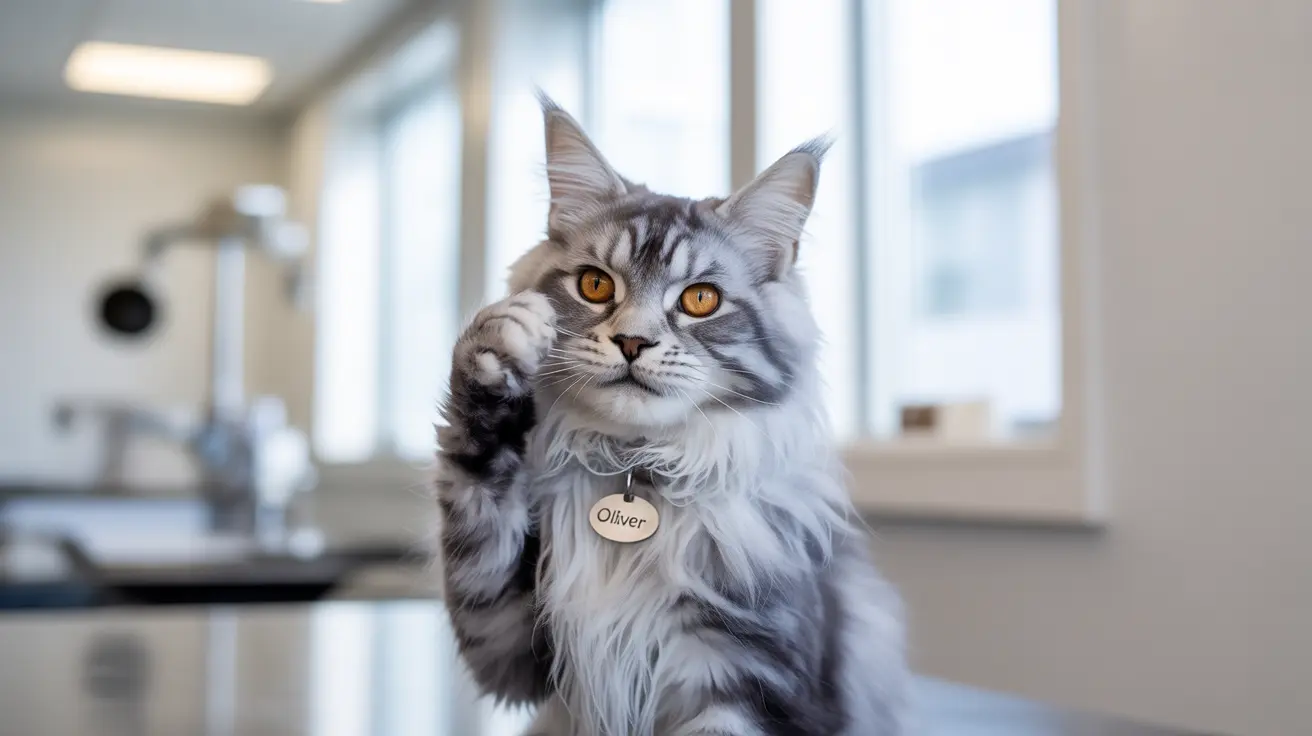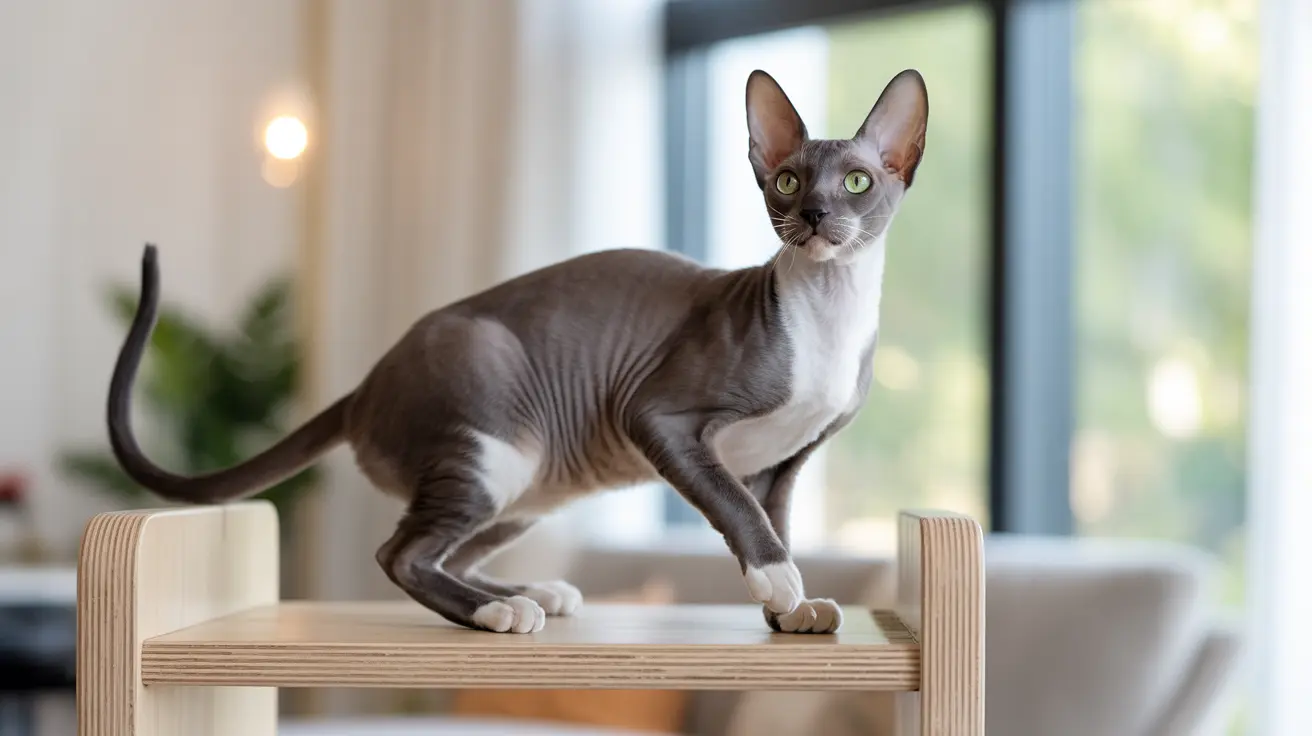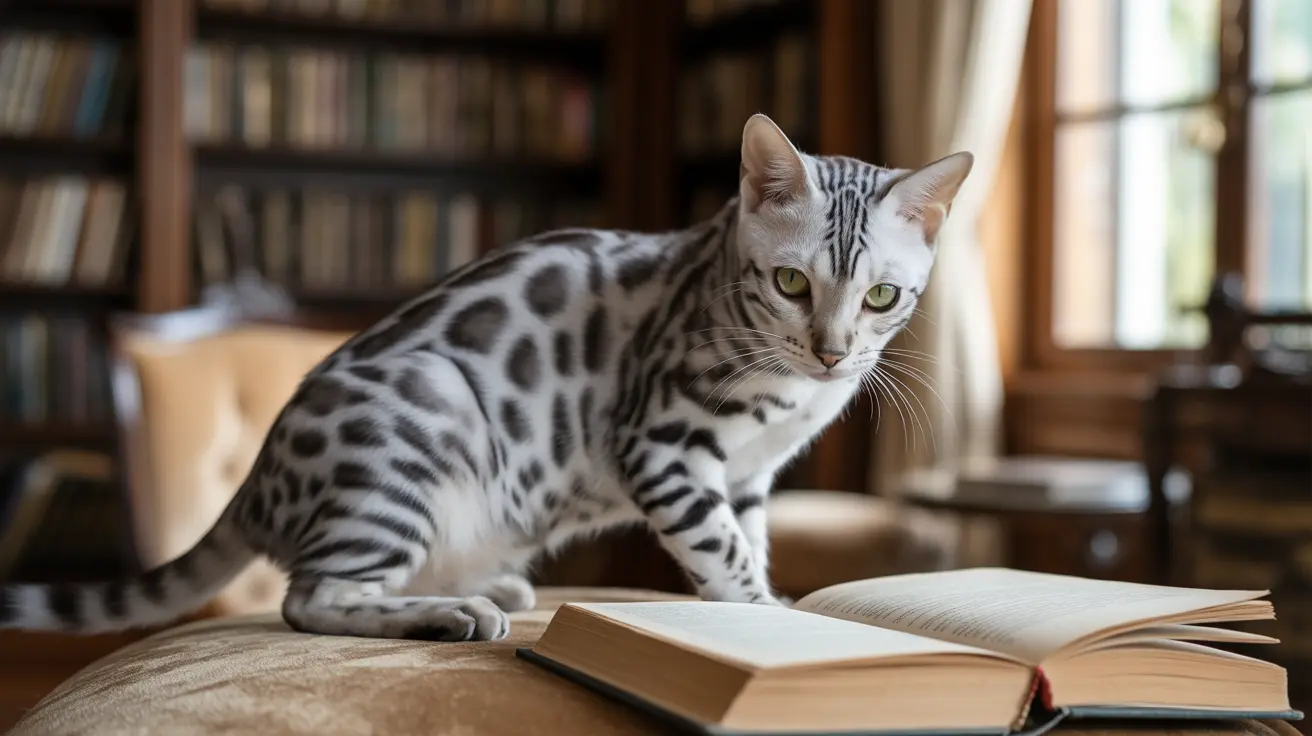Understanding Cat Eye Injuries and Their Severity
When your cat experiences an eye injury, it's natural to wonder if it will heal independently. However, while some extremely minor irritations might resolve naturally, most cat eye injuries require prompt veterinary attention to prevent serious complications and potential vision loss.
Eye injuries in cats can range from superficial scratches to severe trauma, and the risk of infection or permanent damage makes professional evaluation essential. Understanding the types of injuries and their potential consequences can help you make informed decisions about your cat's eye care.
Common Types of Cat Eye Injuries
Cats can experience various types of eye injuries, including corneal ulcers, scratches, foreign bodies, and chemical irritations. These injuries often result from fights with other animals, accidents, or environmental hazards.
Corneal ulcers are particularly common and can occur when a cat's eye is scratched by another animal or comes into contact with debris. These injuries require immediate attention as they can quickly become infected and lead to more severe complications.
Warning Signs That Require Immediate Attention
Several symptoms indicate your cat needs urgent veterinary care:
- Excessive squinting or keeping the eye closed
- Visible redness or swelling
- Cloudy appearance in the eye
- Discharge (clear, yellow, or green)
- Pawing at the eye
- Changes in behavior or appetite
The Risks of Waiting
While it might be tempting to wait and see if your cat's eye injury improves on its own, this approach carries significant risks. Untreated eye injuries can rapidly deteriorate, leading to:
- Permanent vision loss
- Chronic pain
- Secondary infections
- The need for eye removal in severe cases
Professional Treatment and Recovery
Veterinary treatment for eye injuries typically includes:
- Thorough examination and diagnosis
- Antibiotic medications (topical or oral)
- Anti-inflammatory treatments
- Protective measures like Elizabethan collars
- Regular follow-up appointments to monitor healing
With proper medical care, many cat eye injuries can heal completely within one to two weeks, though more severe cases may require extended treatment.
Prevention and Home Care
While you can't prevent all eye injuries, certain measures can reduce their likelihood:
- Keep cats indoors or supervise outdoor time
- Regular grooming to check for early signs of eye problems
- Maintain a safe home environment free of sharp objects
- Separate fighting cats immediately
Frequently Asked Questions
Can a cat eye injury heal on its own without veterinary treatment?
No, most cat eye injuries require professional medical attention. While very minor irritations might resolve naturally, waiting can lead to serious complications and permanent damage.
What are the common signs that indicate a cat's eye injury needs urgent vet care?
Urgent signs include excessive tearing, redness, swelling, cloudiness, visible blood, squinting, or keeping the eye closed. Any sudden changes in vision or behavior also warrant immediate attention.
How should I provide immediate first aid to my cat if it has an eye injury?
Prevent further injury by stopping the cat from pawing at the eye, clean visible debris with a moist cotton swab if safe, and apply a cool compress. Never use human medications and transport your cat to a vet immediately.
What treatments do vets use for different types of cat eye injuries and infections?
Treatments vary based on the injury type but may include antibiotic drops or ointments, anti-inflammatory medications, surgical repair for severe injuries, and protective measures like Elizabethan collars.
What complications can happen if a cat's eye injury or infection is left untreated?
Untreated eye injuries can lead to corneal scarring, permanent vision loss, chronic pain, secondary infections, and in severe cases, the need for surgical removal of the eye.
Conclusion
While the idea of letting a cat's eye injury heal on its own might seem appealing, it's crucial to seek veterinary care promptly. The risks of complications and permanent damage far outweigh any potential benefits of waiting. Remember, early intervention offers the best chance for a full recovery and preservation of your cat's vision.






